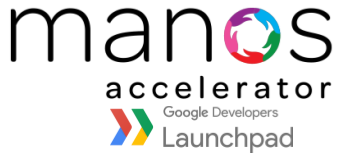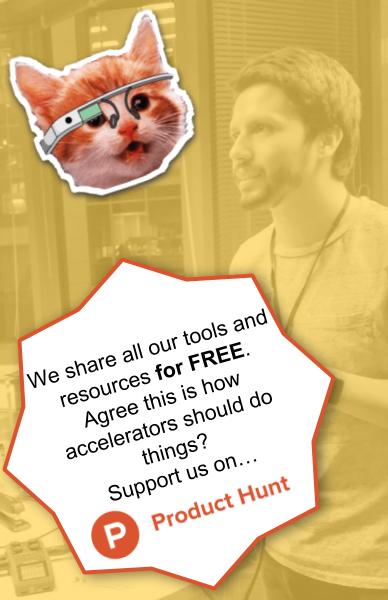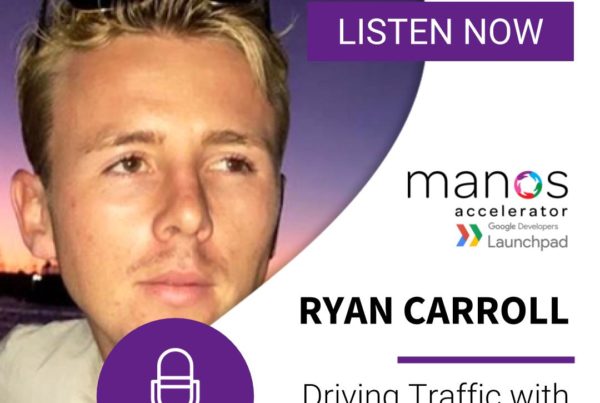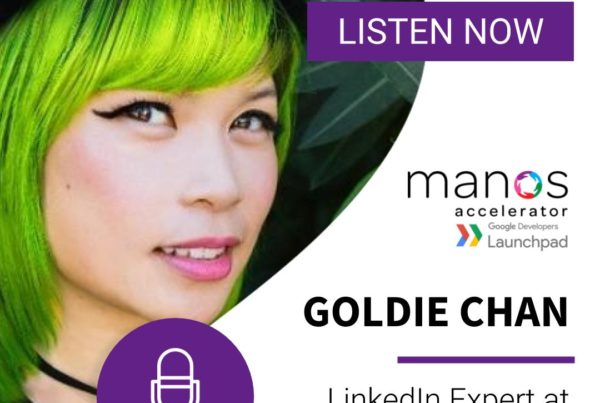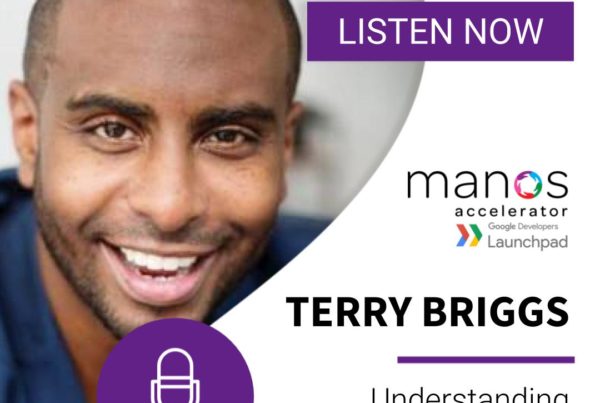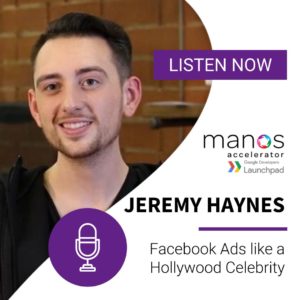
Jeremy Haynes quit his job working for Grant Cardone — a prominent entrepreneur worth almost $1 Billion USD– to service more than 200 clients and celebrities through his digital marketing agency. He has since accumulated over 2,000 paid students for his mentoring programs.
You may have seen him teaching one of the Tai Lopez programs including the SMMA program, Traveling CEO program, Entrepreneur Start Kit course and more.
Jeremy has even been invited to co-author a chapter on Tai Lopez’s upcoming book.
If you are running Facebook Ads for a brand, this episode is a MUST.
SUBSCRIBE
Show Notes
Hello and welcome to another episode of the Manos accelerator podcast. Today I am with Mr Jeremy Haynes and you’re working on a ton of stuff, man.
Jeremy: I have a digital agency I’m still running today. I mentor, literally 1200 plus people now that paid & tens of thousands for free. I do a lot of stuff with consulting on big brands and I built some of the world’s largest personality brands today, but I love it. I love it.
Juan: So Jeremy, um, we’re doing the stacking growth special today and we’re going to be sending this out to Latino entrepreneurs in the US and Latin America. Share with us one or two growth hacks or specific tactics that can help us replicate and get the same results you’ve gotten before.
Jeremy: Absolutely! Every business, no matter who they are and what they’re doing, I find 95 percent of them are not running engagement campaigns, which is done through the facebook ads manager.
Jeremy: 01:29 So if you’re an entrepreneur listening to this, you need to go take action right now in your content being distributed to ideal customers. Because in the facebook ads manager, you go to the audiences section. After you’ve created an engagement campaign, you can create what’s called an audience based on engagement. So if you go create an audience and then go down to the engagement section, you can select a video or you can select facebook or an instagram page. And then, for example, in your video, you can re-target people based on the fact they’ve watched three seconds, 10 seconds, 25 percent, 50 percent, or 75 percent, 95 percent even of a video, and that’s ideal if you’re targeting your ideal future customers with that content. So then you’re getting these instagram and facebook lists that you can follow up with that are packed with your ideal customers.
Jeremy: 02:11 So just like any other sales process, if you digitize it by marketing content to people first, which follows the “know, like and trust sales process”. People didn’t know you. They start to like you through persistency of engaging them with content that doesn’t try to sell them, at which point you then cumulatively build up this large audience of people over time you can market to with lead campaigns, conversion campaigns. You’re technically spending less because there’s less people to market to, that are more likely to purchase because they’re also already know you and like you, therefore you’re making more revenue right off the rip.
Juan: I love that. So I create a post on facebook that I think it’s going to get some traction. I’ve already been testing out a bunch of different things. Jeremy: “thinking of the ideal customer”. Yes, thinking of the ideal customer. Then I create the post, great. Create an engagement campaign to make sure that people are actually liking commenting on it as opposed to linking out into the website or going on the Messenger Bot.
Juan: 02:52 Don’t do that right now. Just get a lot of engagement. Then take that engagement and then create a lookalike audience to make sure that the people that liked that stuff, are going to see your future ads. So that was the first point of engagement with you, but now you need to continue to nurture that relationship with them.
Actually something you said yesterday, I believe it was, you had an analogy of like imagine if every time you met the same person they were also saying hi, hi, nice to meet you and see you. And you’re like, what do you think that that’s super dope being weird or you’re doing the exact same thing with your ads by always like introducing yourself as opposed to just building on the relationship.
So you build out the relationship. At what point do you actually start then monetizing that and then sending them into, um, like a website or actually start driving traffic like that?
Jeremy: 03:35 The way that you can identify that as a better question online which is done through those audiences. So yes, you can create lookalike audiences off of the people that you’re accumulating that are engaging with these posts you’re targeting toward your ideal customers. More importantly, you’re just following up with the people who are engaging. So if somebody watches a video, somebody who goes and visits your instagram page or your facebook page, somebody who’s more importantly watching 50 percent or 75 percent of a video is technically more qualified than the people watching three seconds, right? Right. So from that perspective, if you’re able to identify, and that’s the only way you can identify through data, will this person watched 75 percent, this person watch three seconds. Who are you going to target your lead campaign in your sales campaign towards? You’re going to spend less money targeting the person who watched 75 percent of it.
Jeremy: 04:14 And the only way that you can identify that they’re more likely to purchase is through that one data point. As an example, you can also accumulatively tie these things together so you can say, well, I want somebody who watched 75 percent of a video AND somebody who actively messaged my page; that’s commonly done for influencers. Even the day to day business owner, the random entrepreneur who’s getting literally no likes, has no followers. This is how you do it.
This is why people right now are freaking out on facebook when Zuckerberg, talked about this update with his algorithm change through the next couple of months. It has no impact on people who know how to run engagement campaigns and are creating content that doesn’t try to sell people. Come a business owner from, you know, back in the day where you’re spending money and you have such little knowledge to track where the person seeing it, where they’re then going to.
Jeremy: 04:55 You’re just begging for a call to action. Exactly. You’re trying to do direct response advertising. It’s now how it is on facebook because it’s cheaper, more cost effective and less salesy to just literally put a piece of content in front of the person who is your ideal customer, not trying to sell them, just giving them a piece of value about something that you know is a solution or what I really like to go. If you want to go deeper on this is a process. You want to use this, OK, you as an entrepreneur creating whatever solution that you have, you started off with having a problem. And a problem, if you think about it, is just some belief that you currently have that’s no longer working because beliefs create our reasons for things that are reasons to justify every action that we take.
Jeremy: 05:30 So if you’re taking the wrong actions because you have the wrong reasons for things, but all those reasons sourced typically one belief. Now, if the, if that one belief is changed to another belief, well that’s where everything I just described changes. All of a sudden, all your reasons change, which is your perception towards life, and then all your actions change, which gets you different results from changing one belief so you as an entrepreneur have to identify through content you literally have to be able to say, dude, I relate to your old belief that you that you have, and here’s where I dealt with it, and you, you explain in create relevance with these through your content, by saying, well, here’s my reasons for life for how they were and here’s, here’s the actions I was taking and here’s why I kept running into these walls and pain points.
Jeremy: 06:05 Or you can go the other way, which is, here’s how I was thinking. Here’s my beliefs, here’s my reasons, here’s my actions, and here’s the epiphany. So you can go pain or epiphany, and then you associate right away with the new belief is so it’s like, ah, my life. I believe this. All my reasons were there, so my actions were this. I just wasn’t getting the result that I hit such a wall. That things had to change and when they changed, this is what I now believe. He planned to believe right away or you go, this is what I believed and this was, this was my reasoning for life and these were the actions that I was taking and then I just. I don’t know what happened. I just woke up. I had to apply this epiphany or I read this book or I heard this podcast where I went and I spoke to this guy, hire this person, and Poof, the light bulb went off.
Jeremy: 06:44 Either way, pain or epiphany. You then immediately have to plant the new belief, so then you say, I started thinking this. I started believing that this is what, this is why I felt this is what I embraced and then that created all these new reasons, all these new actions, and then that’s really how you take people from current mindset that they have and they typically have maybe four to sometimes 12 different beliefs around the current problem that your solution as an entrepreneur in your environment, whatever the marketplace is, four to 12 beliefs on average for whatever they currently have and you have new beliefs, you for sure have new beliefs around whatever your solution is that you can identify as an entrepreneur and that’s the best kind of content because then you’re not being salesy. You’re just straight up storytelling, which was so much more power.
Jeremy: 07:20 Juan: I love that. So storytelling, use engagement audiences. It seems like if you. If you had another like really quick one that you’re like, I strongly believe that this is going to help any entrepreneur?
Yeah, absolutely. So it would be analytics really confuse people. I think in a lot of people out there that use google analytics and that’s still very important tool to keep installed on your website here. You want to have a tool installed called lucky orange, Luckyorange.com or hotjar.com. Both of these websites give you the ability, they market the fact that your website becomes like a dvr to watch screen recordings of mobile phone, laptops, desktops, tablets, and then all of a sudden all these changes on your websites, your developers, marketing team as an entrepreneur. Not Everybody’s tech savvy or digital savvy, but you go watch a screen recording. Instead of watching wherever you’re gonna.
”Just get a lot of engagement.
Jeremy HaynesFounder, Megalodon Marketing
Then take that engagement and then create a lookalike audience to make sure that the people that liked that stuff, are going to see your future ads.
Jeremy: 08:00 Watch on Netflix at lunchtime or dinnertime is like watching screen recording the people on your webpage to it with your marketing team for like 15, 30 minutes out of the day or just do it yourself and you can identify changing the color of a button makes a big difference or a change in an image where somebody’s looking at makes a big difference or changing the copy makes a big difference because you get to watch literally how people interact and make real time changes. So take changes out of like a weak away or a month away. Start making real time changes based on literally just watching what people are doing in real time.
Juan: Do visitors get a notification or like a permission or anything like that.
Jeremy: No, nothing.
Juan: So it’s as easy as just installing it?
Keep in mind 2018 and onward Trump became president and made a lot of changes in the area of personal data on the Internet; especially with ISP.
Jeremy: 08:39 What that really means is that all the data, the ISPs have, has also gone up for sale. So one of the very first things that the change isn’t the fact that the market feels the impact of having to be charged more because there’s so much more money to be made and just the selling of the data that every different company that holds all that data, whether it be an internet browser or the actual Internet provider themselves can now sell to companies that are targeting advertisers and uh, saying, hey, you can come onto our platform, use our data to target our customers that are using this platform. So every single ISP immediately became like just another solution that could sell their data points. And until that kind of gets milked, that’s when it’s going to impact the consumer more on saying, well, you got to pay like a $25 package to use social media or something like that.
Jeremy: 09:18 I guess that’s still to come. Right now the data is so much more accessible to everybody. So now it’s just much more lucrative market where it’s not required to give a notification that you’ve been doing something so small. And that’s. And that’s as a marketer I went, this would be very understood for everybody listening to podcasts as a market spend as much as I do for my clients, for myself, and just has the experience that’s not as not really creepy. I mean 33 percent of facebook status, the NSA data, um, the average person is just not really aware of how much data they give away and just leave a data trails. What’s called every single point that you have on you as a data point. My, uh, my mother actually got me a fitbit for Christmas and I was like on the package, looked like nothing fitbit, but it just looked like everything was just a way to track my data point and really didn’t give me anything other than just visibility of my data points that they were tracking and collecting. I thought it was hilarious. So it was his company went public. No wonder, you know, I was like, how’s the company on a 150 USD band going public will has because there’s so other that become targetable by us as advertisers and facebook on these engagement campaigns.
Juan: 10:12 Okay, Manos Nation! Do not forget your chance to win digital goods and resources on every episode right here on the podcast. It’s very simple. You just subscribed to the show on itunes in. Once you’ve done that, message the word “Manos” to m.me/ManosAccelerator. Subscribe on itunes and then message Manos to the website, m.me/ManosAccelerator. See you on the next one.
Jeremy: 10:48 Yeah. My instagram is so literally just add Jeremy @J e r e m y
Juan: 10:52 That is awesome. Right there you have it @Jeremy scaled seven-figure businesses has been working with lots of mainstream brands that you’ve probably heard mainstream personalities and celebrities in Los Angeles. He is also helping over 1200 students online. If you’d like to find out more about him, look him up on instagram @Jeremy. Thanks so much for coming here.
Social Media
Instagram: @jeremy https://www.instagram.com/jeremy/
Facebook: https://www.facebook.com/TheJeremyHaynes/
Twitter: https://twitter.com/thejeremyhaynes
Resources:
- Lucky Orange: Tool to record your website visitors and track where they clicked and what they did.
- Messenger bots: the tool Jeremy uses is ManyChat

